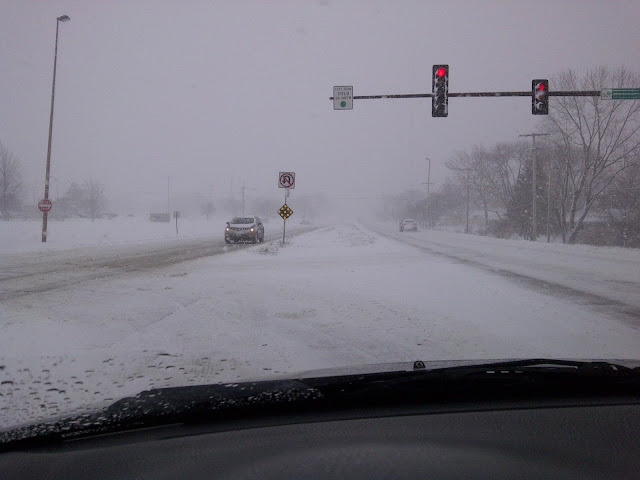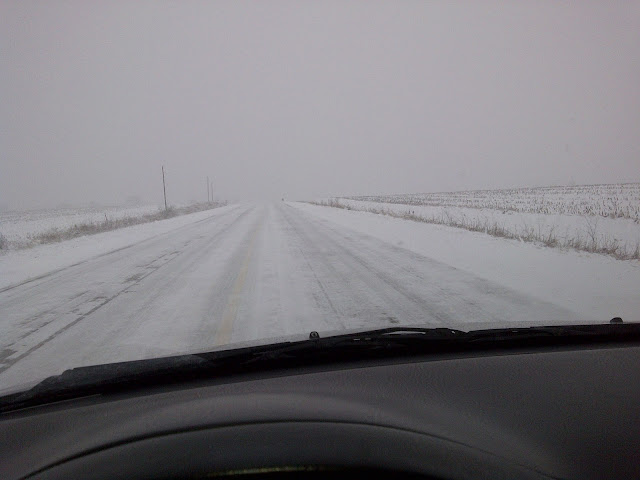Super Shopping at Sears- Over 90% Off
They say you shouldn't go grocery shopping when you're hungry. I guess you shouldn't go clothes shopping when you're cold... This story has a happy ending- I got some great deals on winter clearance clothes at Sears.
The following steps helped me save a ton on my unplanned shopping trip:
- Finding items on the clearance rack for $5- in my size and colors
- 5% discount using my Sears Gold Card
- Saving $10 more by applying for a Sears Blue card
I was able to save over 90% off original price!
 |
| Super Shopping at Sears Image Source: Dr. Penny Pincher |
The Clearance Rack at Sears
I left my coat in the car and went walking around the outside of mall at lunch time. It was sunny and looked pretty nice, but it was actually only about 20 degrees. I decided to walk inside the mall to stay warm. Still cold from outside, I entered Sears. The clearance rack caught my eye.
I noticed Dockers Stain Defender long sleeve button-up shirts, regularly $50, were marked down to $5. Sometimes I see clearance items with great prices like this, but the sizes are ridiculous like XXL-T and the colors are nearly unwearable. Upon further investigation, I found that they had the full range of sizes and colors available for $5. Awesome! I picked 5 size Large with color schemes that push my style envelope a little bit, but not too much I got some plaids and stripes, but work-wearable. These are similar to shirts I have in my closet only much less worn out and higher quality.
Next I found a couple fleece pull-overs that were originally $50, marked down to $5. I usually prefer the full-zip fleeces, but for $5 I can handle 1/4 zip. I went with solid black and brown with some accent features. There was an even more expensive brown fleece, regular price $60, marked down to $7.99 that made its way into my pile.
When Will Clothes Go on Clearance?
Updated March 10, 2013: The key to success was timing- I happened to come along at the right time. Apparently the winter clothes were put on clearance that morning. All sizes and styles were still available. I stopped by again the next day, and almost all of the $5 shirts and fleeces were gone. If you are a serious bargain hunter, it may be worthwhile to patrol your favorite store daily in early March so you can get the winter clothes on clearance. Early March seems like the time that the stores want to put out shorts and summer clothes to sell for spring break.Supersize Savings at the Checkout
My good fortune continued at the checkout. The cashier asked if I had a Sears Gold Card. I thought that I had one, so I answered "yes". Good answer. I saved an additional 5% by using my Sears Gold Card. The cashier asked if I would like to save an additional $10 by applying for a Sears Blue Card. "Yes," was the right answer to this question as well.
I purchased $410 of clothes for a total of $33.62. I also got "Bonus Points" added to my Sears account for the purchase. The Bonus Points can be used for future discounts.
Percentage-wise, I saved over 90% off original price. I realize that almost no one pays full price for these items, but this still seems like a great deal! I also realize that I have about 2 weeks to wear the fleeces before it gets too warm, but these will be great in cold weather for years to come. It was a worthwhile lunch break, overall.
Penny Pinching Tips
- Keep an eye out for clearance racks at end of season
- Pile on other discounts like coupons and credit offers
- Buy clothes out of season to save for future seasons
- Try to pick fairly tame style and colors so you will be more likely to wear them year after year
Recommended reading:
























